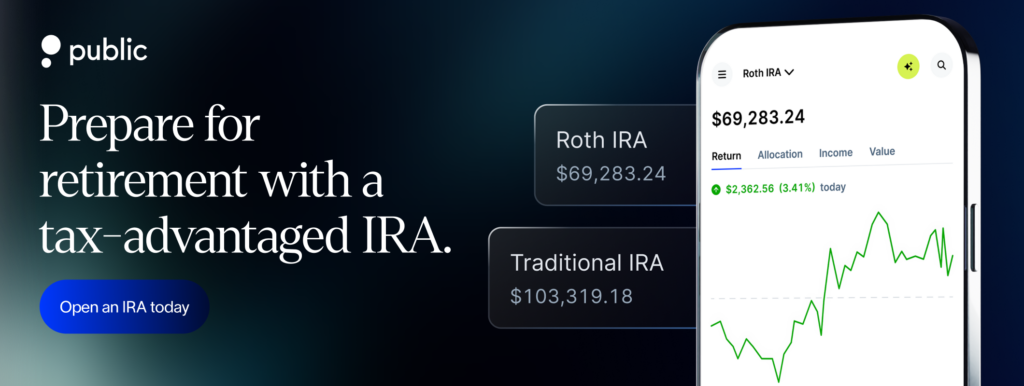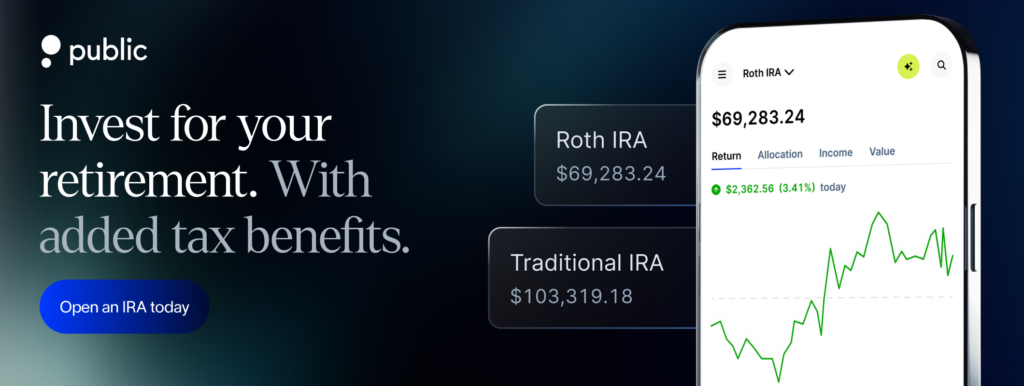If you have a Roth IRA or are thinking about opening one, understanding how withdrawals work can help you avoid surprises down the road. Roth IRAs offer flexibility and tax advantages, but that doesn’t mean you can take out money whenever you want without consequences. There are specific rules in place, and some of them may impact your taxes or penalties, depending on how and when you withdraw.
This guide explains the essential Roth IRA withdrawal rules—what you can withdraw, when, and under what conditions.
The basics of Roth IRA withdrawals
A Roth IRA is funded with after-tax dollars, which means you don’t get a tax deduction for your contributions. The upside of this setup? Your contributions grow tax-free, and when you make qualified withdrawals in retirement, they are also tax-free. However, the rules for withdrawing contributions versus earnings can be quite different. Here’s a breakdown:
1. Contributions:
You can withdraw the money you’ve contributed to your Roth IRA at any time, for any reason, without paying taxes or penalties. Since these funds have already been taxed, the IRS doesn’t impose any additional tax or penalty when you take them out.
2. Earnings:
The investment growth in your Roth IRA, also known as earnings, is subject to stricter rules. To withdraw earnings tax-free, you need to meet certain requirements. Otherwise, you may face taxes and penalties.
Qualified vs. Non-qualified distributions
Whether a withdrawal is “qualified” or “non-qualified” plays a key role in determining if you’ll owe taxes or penalties. Let’s take a closer look at each:
1. Qualified distributions:
A distribution is considered qualified if it meets the following conditions:
- You are at least 59½ years old.
- Your Roth IRA has been open for at least five years (this is known as the five-year rule).
- The withdrawal meets certain exceptions, such as:
- A first-time home purchase (up to a $10,000 lifetime limit).
- Disability or death.
If your withdrawal meets these criteria, it will be tax- and penalty-free, allowing you to enjoy the full benefits of your Roth IRA’s tax advantages.
2. Non-Qualified distributions:
If your withdrawal doesn’t meet the above conditions, it’s considered non-qualified. In this case:
- Your earnings may be subject to income taxes.
- You may also face a 10% early withdrawal penalty on the earnings portion of the withdrawal.
However, there are exceptions to the penalty. For example, you might avoid the penalty (but not necessarily the taxes) if the funds are used for:
- Medical expenses that exceed 7.5% of your adjusted gross income (AGI).
- Higher education costs for you or a family member.
Understanding these distinctions can help you avoid unnecessary taxes or penalties when accessing your Roth IRA funds.
Age-based withdrawal rules
Your age plays a significant role in determining how your withdrawals are taxed and whether penalties apply:
1. Under age 59½
- Contributions: You can withdraw your contributions at any time without paying taxes or penalties.
- Earnings: However, earnings are generally subject to income taxes and a 10% penalty unless you qualify for an exception (such as using the funds for a first-time home purchase).
Let us consider an example of a withdrawal in a scenario for first-time home purchase.
At age 35, you withdraw $15,000 from your Roth IRA. This includes $10,000 in contributions and $5,000 in earnings, and you plan to use the money for a first-time home purchase.
The $10,000 in contributions is tax- and penalty-free. However, the $5,000 in earnings qualifies for the penalty exemption, but since your Roth IRA has not met the five-year rule, the earnings will be subject to income tax.
2. Age 59½ and older
- Both contributions and earnings can be withdrawn tax- and penalty-free as long as the five-year rule is met. This means your Roth IRA must have been open for at least five years before you begin taking withdrawals of earnings without penalties.
- If your account hasn’t been open for five years, you can still withdraw your contributions tax- and penalty-free, but the earnings will be subject to income taxes. However, there will be no penalty on those earnings once you’re 59½, even if the account hasn’t met the five-year requirement.
Let us consider an example of a withdrawal in a scenario of new account at age 60.
You open a Roth IRA at age 58 and contribute $6,000 annually for two years. By age 60, your account balance is $12,600, which includes $600 in earnings.
Since your Roth IRA has not yet met the five-year rule, the $600 in earnings will be subject to income taxes but not the 10% early withdrawal penalty. Your $12,000 in contributions can be withdrawn tax- and penalty-free.
3. Age 70½ and older
- No Required Minimum Distributions (RMDs): Unlike traditional IRAs, Roth IRAs do not require minimum distributions (RMDs) during your lifetime. This gives you the flexibility to let your money continue growing tax-free for as long as you wish.
Exceptions to the early withdrawal penalty
The IRS allows certain exceptions where you can avoid the 10% early withdrawal penalty on earnings before age 59½. These include:
- First-time home purchase: You can withdraw up to $10,000 of earnings penalty-free if you’re using the funds to buy, build, or rebuild your first home. This exception is available once in your lifetime.
- Disability: If you become permanently disabled, you can withdraw earnings without paying the 10% penalty.
- Qualified higher education expenses: Withdrawals used to pay for tuition, fees, books, and supplies for you, your spouse, children, or grandchildren may avoid the penalty.
- Medical expenses: If you incur medical expenses that exceed 7.5% of your adjusted gross income (AGI), you can use Roth IRA funds to pay for them without the penalty.
- Health insurance premiums during unemployment: If you’re unemployed and receive unemployment benefits for 12 consecutive weeks, you can use Roth IRA funds to pay for health insurance premiums without a penalty.
However, while you may avoid the penalty in these situations, you could still be required to pay taxes on the earnings if the withdrawal is not qualified.
Conclusion
Understanding the rules for Roth IRA withdrawals is essential to make the most of your retirement savings. By knowing when you can withdraw contributions and earnings without penalties, you may manage your funds more effectively.
If you’re looking to start or grow your Roth IRA, consider exploring the IRA on Public.com. With Public, you can open an IRA and earn a 1% match on eligible contributions. You can even set up recurring investments that stop once you hit the IRS limit, so you never have to worry about over-contributing. If you roll over a 401(k) or transfer an IRA to Public, you can earn a bonus of up to $10,000. We’ll even cover any fees from your old brokerage.



